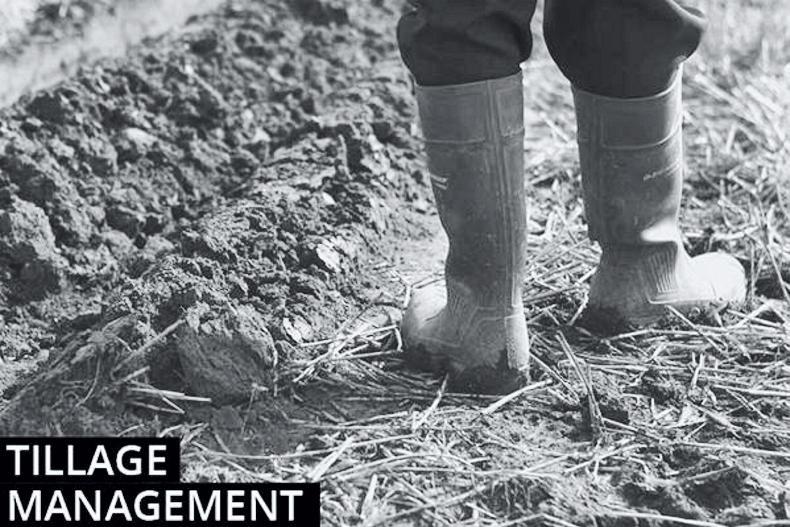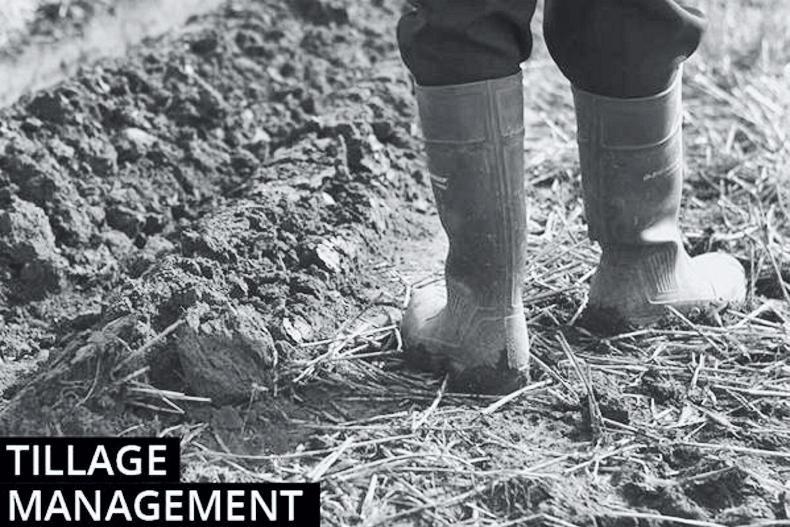Forward crops should avoid some of these, but emerging and recently sown crops could suffer serious damage from slugs and crows. As temperatures drop crows become hungrier and move from grassland to cultivated fields, especially in recently planted and emerging crops.
Watch all crops for signs of slug activity – juveniles may not be so easily seen. Damage is still possible in established crops, but emerging and recently emerged crops are most at risk. Put down traps to check for slug activity, using something like Aplen as a bait.
Treatment may be necessary but make sure you have identified a problem correctly before treatment. Rabbits graze off the tips and remove them. Slugs graze along the length of the leaf and leave the stringy veins intact, because they do not have the biting mechanism to cut them. Where treatment is necessary, apply products like Axcela or Metarex Inov.
Rabbit grazing is inevitable and numbers are high in places. Do what you can to get numbers down before serious damage occurs. For rabbits this will involve some combination of shooting, burrow treatment, etc, or netted wire fencing in extreme situations.
Aphids
The drop in temperatures will certainly have had an impact on the ability of aphids to multiply and migrate. But do you have aphids in your crop that need to be taken out or are aphids carrying virus? The lower temperatures and night frost should help postpone or remove the need to spray emerging crops. But if temperatures rise again the risk returns and action may be needed at a later date.
Read more
Wet and cold may bring an end to the planting season
Forward crops should avoid some of these, but emerging and recently sown crops could suffer serious damage from slugs and crows. As temperatures drop crows become hungrier and move from grassland to cultivated fields, especially in recently planted and emerging crops.
Watch all crops for signs of slug activity – juveniles may not be so easily seen. Damage is still possible in established crops, but emerging and recently emerged crops are most at risk. Put down traps to check for slug activity, using something like Aplen as a bait.
Treatment may be necessary but make sure you have identified a problem correctly before treatment. Rabbits graze off the tips and remove them. Slugs graze along the length of the leaf and leave the stringy veins intact, because they do not have the biting mechanism to cut them. Where treatment is necessary, apply products like Axcela or Metarex Inov.
Rabbit grazing is inevitable and numbers are high in places. Do what you can to get numbers down before serious damage occurs. For rabbits this will involve some combination of shooting, burrow treatment, etc, or netted wire fencing in extreme situations.
Aphids
The drop in temperatures will certainly have had an impact on the ability of aphids to multiply and migrate. But do you have aphids in your crop that need to be taken out or are aphids carrying virus? The lower temperatures and night frost should help postpone or remove the need to spray emerging crops. But if temperatures rise again the risk returns and action may be needed at a later date.
Read more
Wet and cold may bring an end to the planting season






 This is a subscriber-only article
This is a subscriber-only article






SHARING OPTIONS: